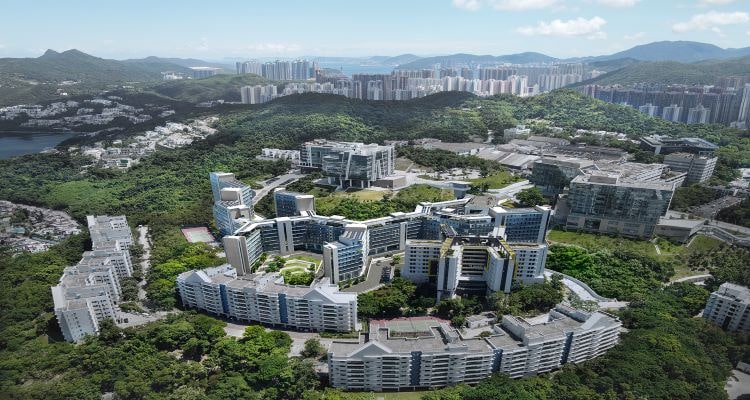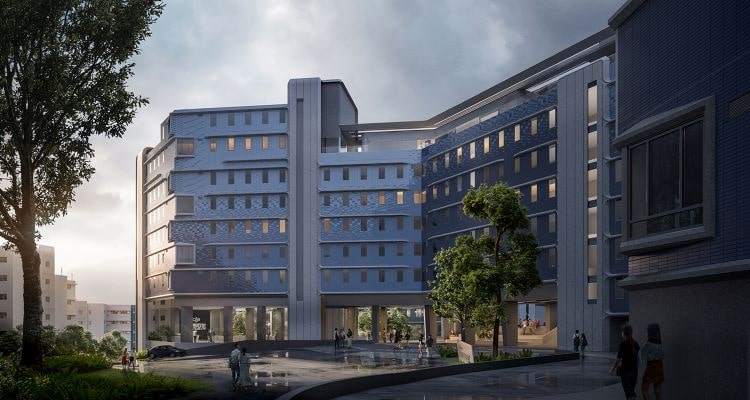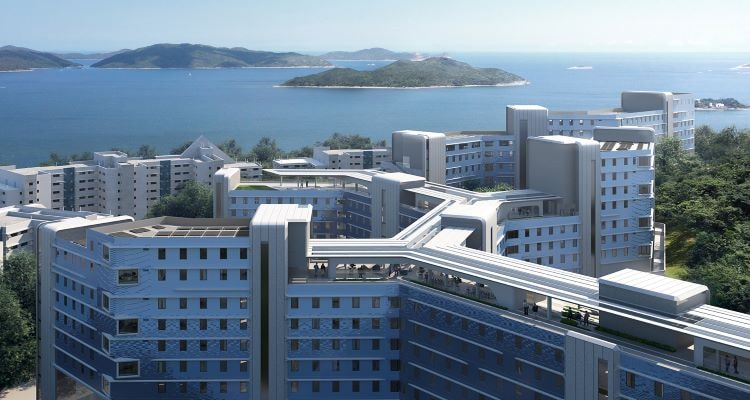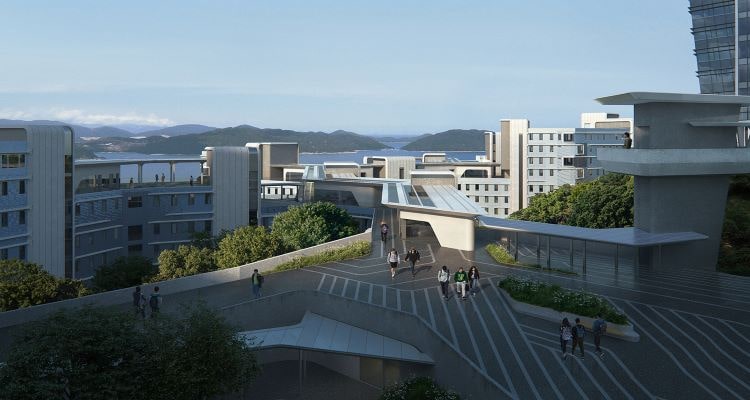Zaha Hadid Architects' Architectural Digitalisation in the Student Residence project at Hong Kong University
Project
Published by:
Datasheet
Company: Zaha Hadid Architects
Location: Hong Kong, Hong Kong
Description
Zaha Hadid Architects' architectural ingenuity is once again reflected in her Student Residence Development at Hong Kong University of Science and Technology (HKUST). Of her hundreds of globally recognised projects, this one has been developed under digital design technologies with a focus on sustainable building practices. The design is connected to the university's own mission to achieve through the use of technology and innovation to solve critical global problems.
With a completion date of 2023, the residence is intended to house more than 1,500 students in a structure that is characterised by being set on a sloping site of approximately 25m gradient. The roof of the building has been designed with the main objective of being the circulation route, which includes shaded areas for passers-by to rest and meet.
The digital tools used in the project allowed them to consider various site parameters such as ground levels, solar radiation, sight lines or even soil conditions. This facilitated the process of defining the configuration and orientation of the design. On the other hand, thanks to the digital coding of the internal spaces, it was possible to carry out layout tests and therefore optimise functionality, adaptability and the calculation of the amount of natural light. In addition, design coordination and material selection were optimised by BIM and 3D and the construction strategies developed together with the design strategies ensured greater efficiency in procurement and construction.
For the construction of this Hong Kong residence, modular systems were used in the buildings including pre-assembled façade units and toilet modules that are installed on site. This was done in line with the government's aim to increase the quality of construction while reducing time and waste.
As for the façade units, they have been fitted with thermal insulation layers and double-glazed windows with a low shading coefficient. This strategy has been used to determine the geometry of the external solar shading fins above the windows within the façade units between the digital assessments of solar paths and heat gain. And to ensure thermal stability, the geometry of the solar protection fins varies in depth and length in response to the solar exposure in each façade unit and the programmatic planning of the interior spaces.
Thanks to digital mapping evaluations, it has been possible to apply different colours of ceramic tiles to the areas of each façade module, which change colour according to the solar heat accumulation calculated for each unit. This creates a continuous mural that visualises the building's microclimate and thermal considerations.
Read on and get more in formation here.
Type of Work
- Building
How was the BIM Experience in the project?
Reality Simulation: Does it help to get an idea of the final product?
Waste reduction, labor costs and deviations
Greater control of the construction process
Improves collaboration between agents
Conflict resolution and clash detection
Correction and error handling















